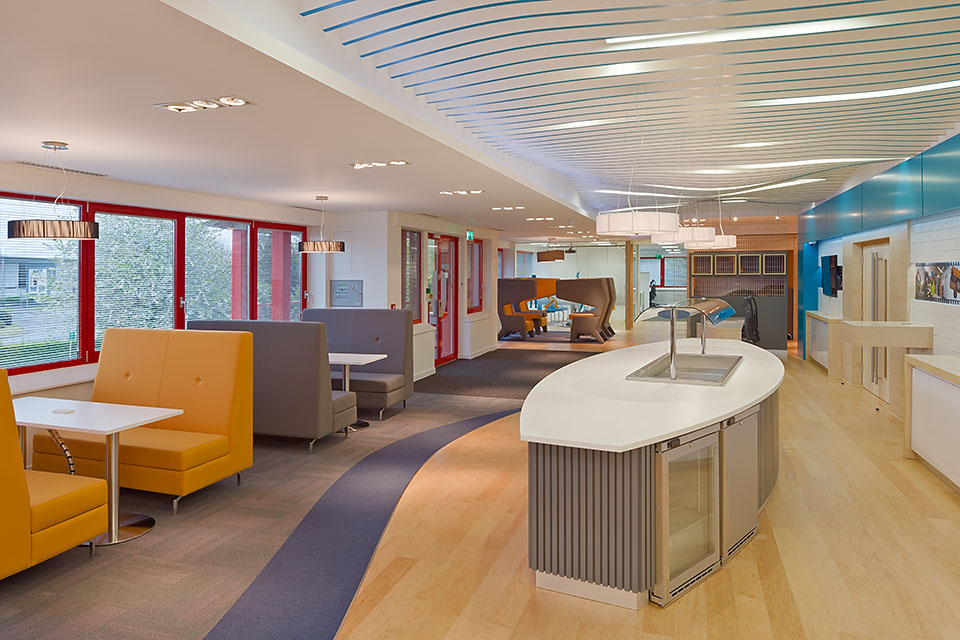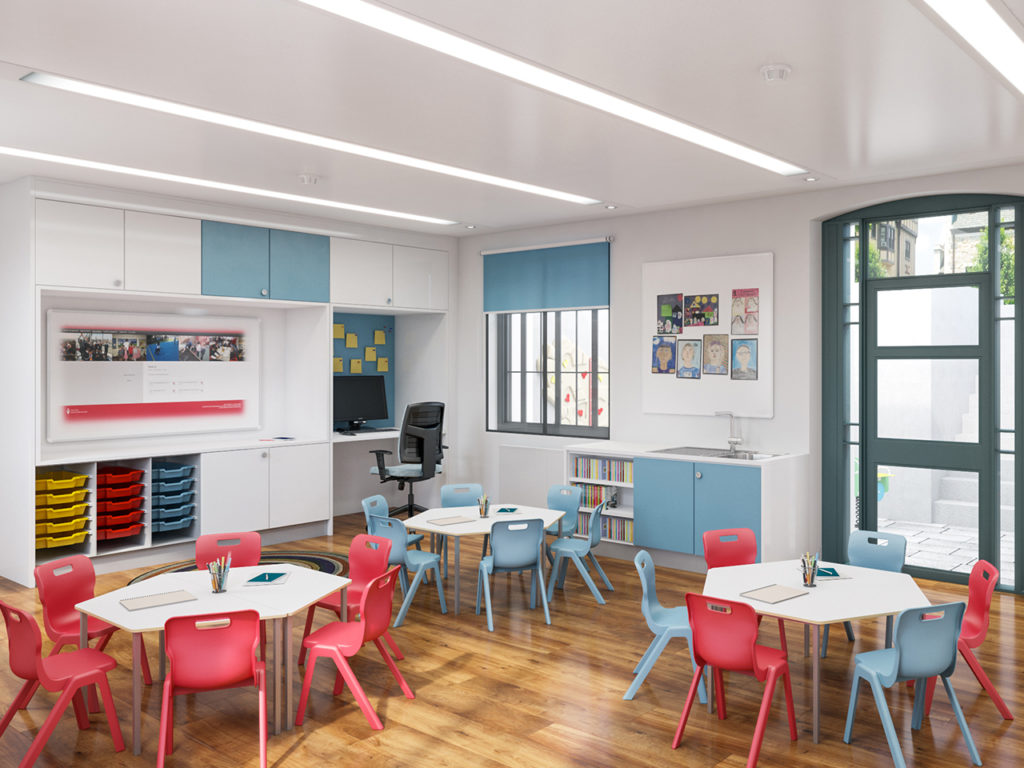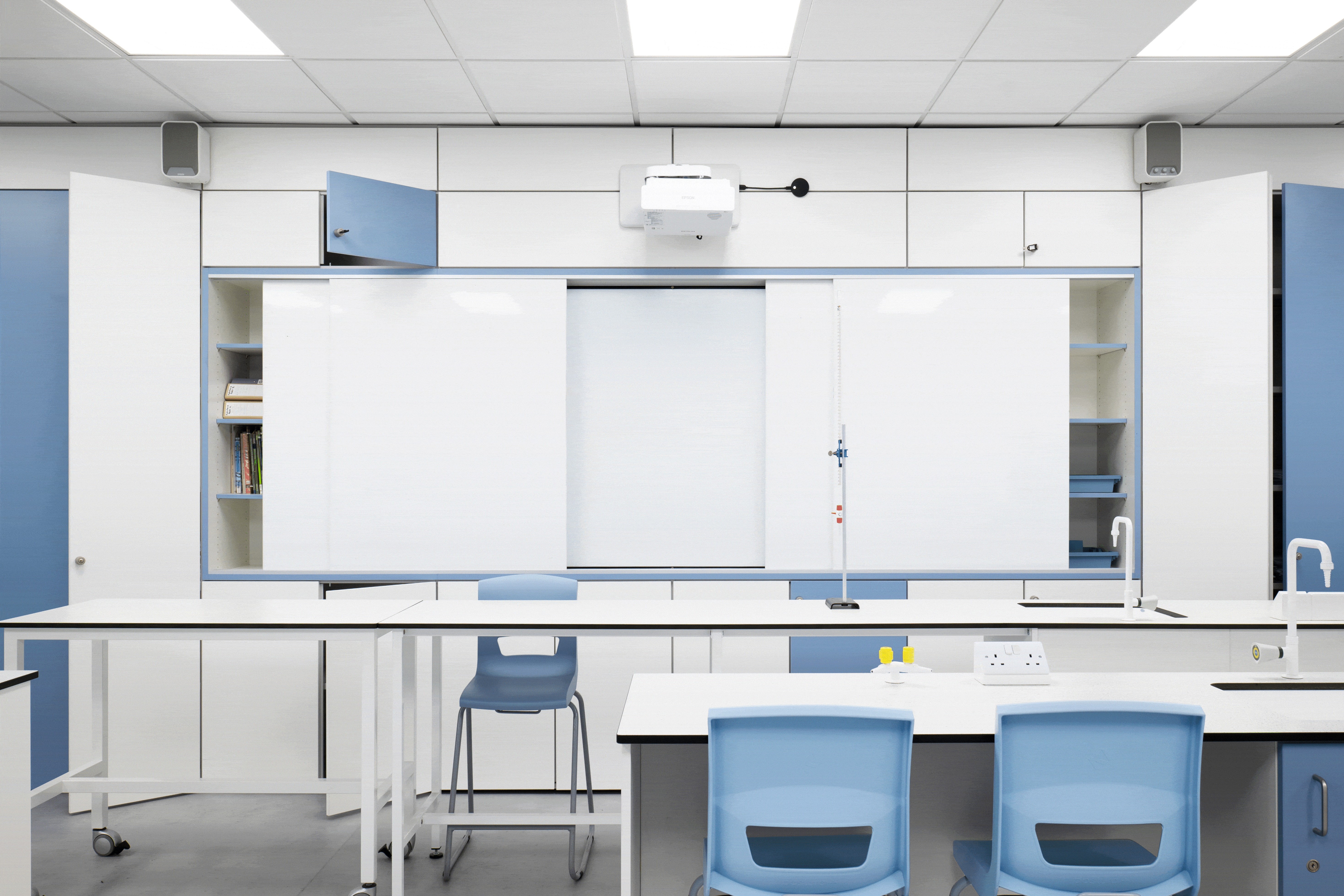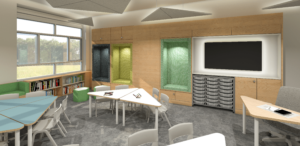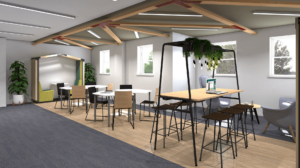Do you know the difference between MFC and MDF? Or SGL and HPL? Read on to find out what these different products are best used for and which suits your school’s needs…
1. MFC – Melamine Faced Chipboard
MFC became popular during the second world war as it was durable, affordable, relatively lightweight and often both heat and water resistant. Created by mixing wood chips with a very strong glue, or resin, the composite wood is then attached to a melamine top.
This thermoset plastic is a strong and hard-wearing material that also goes through heat bonding under high pressure by saturating paper to the particleboard. It comes in a range of different shades and dimensions to fit any area and is scratch resistant and a very easy to clean material, making it an ideal and versatile product throughout your school from counter tops to kitchen cupboards and shelving.
In addition, it is perfect for wardrobe carcasses. Using sustainable and environmentally friendly MFC is an easy way for your school to reduce costs with a quality product
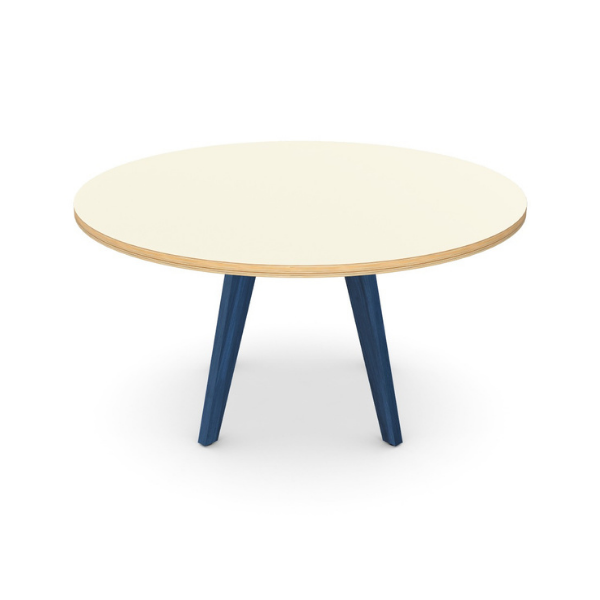
2. MDF – Medium Density Fibreboard
MDF is made up of wood waste that is glued together under pressure and intense heat and was first used in commercial production in the US in the 1960s. Similar to MFC in that it has a variety of uses, is moisture resistant and bound by resin, MDF is generally a much stronger material that can be used for thicker construction work. However, it is simpler to cut and configure, making it an excellent choice for everything from furniture to door frames, flooring, cabinets and commercial construction.
MDF can be painted, stained or laminated for the perfect appearance and can be matched to existing furniture, as well as being a great alternative to real wood with the benefit of being rather more stable in hot or wet surroundings. Like MFC, MDF is also a very economic product and again, as it is made from recycled wood, it is an eco-friendly option.

3. SGL – Solid Grade Laminate
Due to its durable properties, SGL – made of deep laminate combining layers of paper and resin under high heat and pressure – forms into a very strong plastic that can be designed in different colours or with bespoke artwork.
Often used for tables and kitchen surfaces as it withstands heat as well as being resistant to vandalism, it can also be used in washrooms for counter tops or toilet cubicle dividers, in commercial areas or anywhere that sees a high number of visitors. SLG is very strong and waterproof meaning it suits installation in kitchens, bathrooms, dormitories, cafes and laboratories.
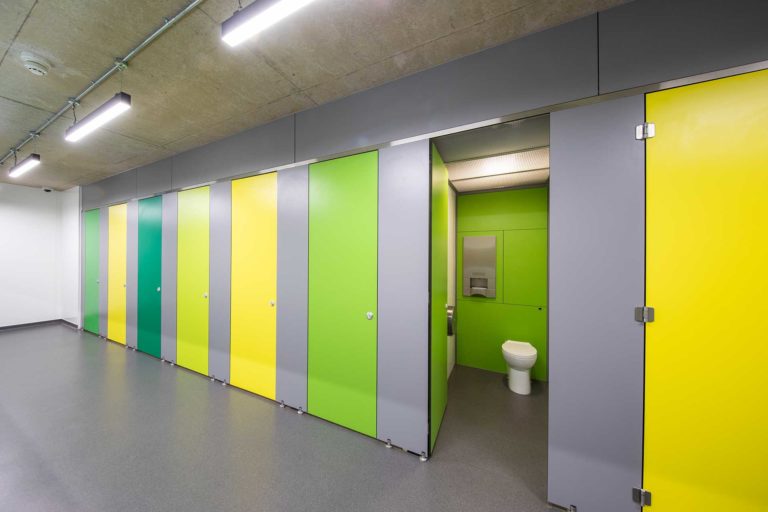
4. HPL – High Pressure Laminate
Although constructed similarly to SGL, HPL is a cost-effective option that is water-resistant rather than waterproof, and less suitable for areas with dense traffic.
However, HPL is still extremely durable, has a high-quality finish and is perfect for many schools and learning centres.
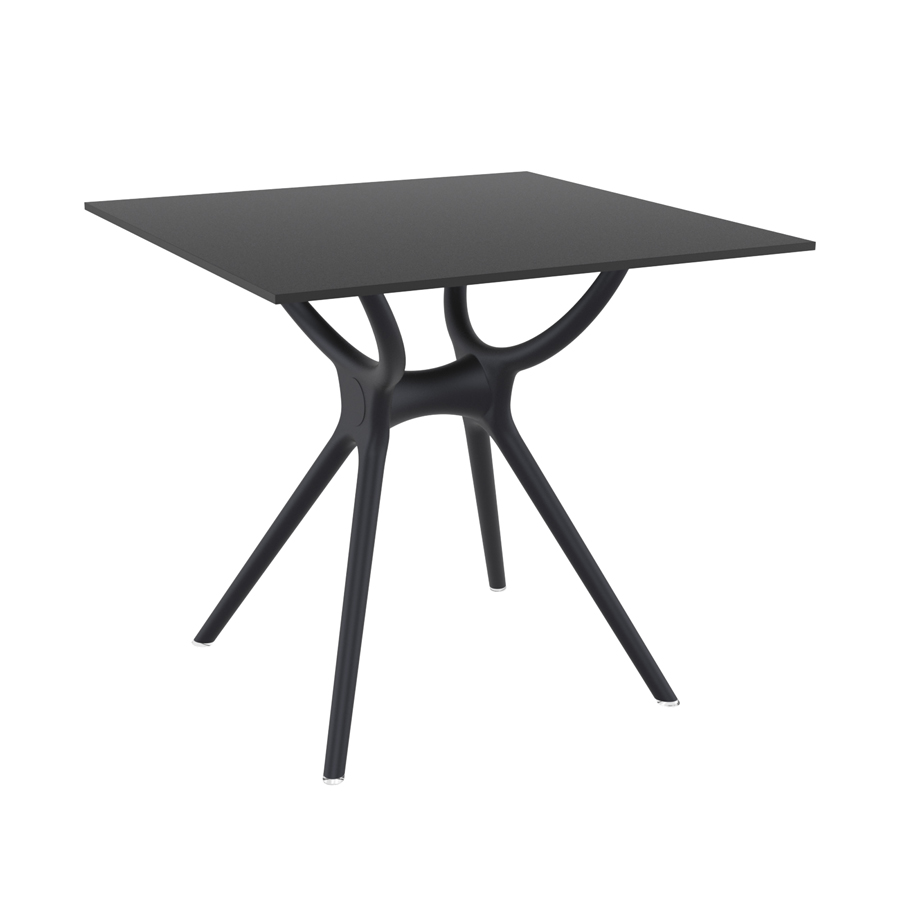
5. Corian
Easy to maintain, resistant to heat, moisture and stains, Corian comes in a wide range of colours that will not fade in time and can feature a joint that is practically seamless for a smooth finish throughout. This non-porous material is made by blending minerals and acrylic polymers into moulds to create solid sheets that can be moulded into almost any design, including curved options.
Although similar in appearance to granite or quartz, Corian is a more pliable and less expensive option with a wide range of textures and colours suitable for any kitchen or bathroom.
Corian offers a number of features that are extremely consumer friendly and eye catching such as integrated sinks, drainboards and splashbacks, illuminated surfaces and counter tops that can charge phones and devices simply by being laid upon it – ideal for technology students!
Call us to find out more.
